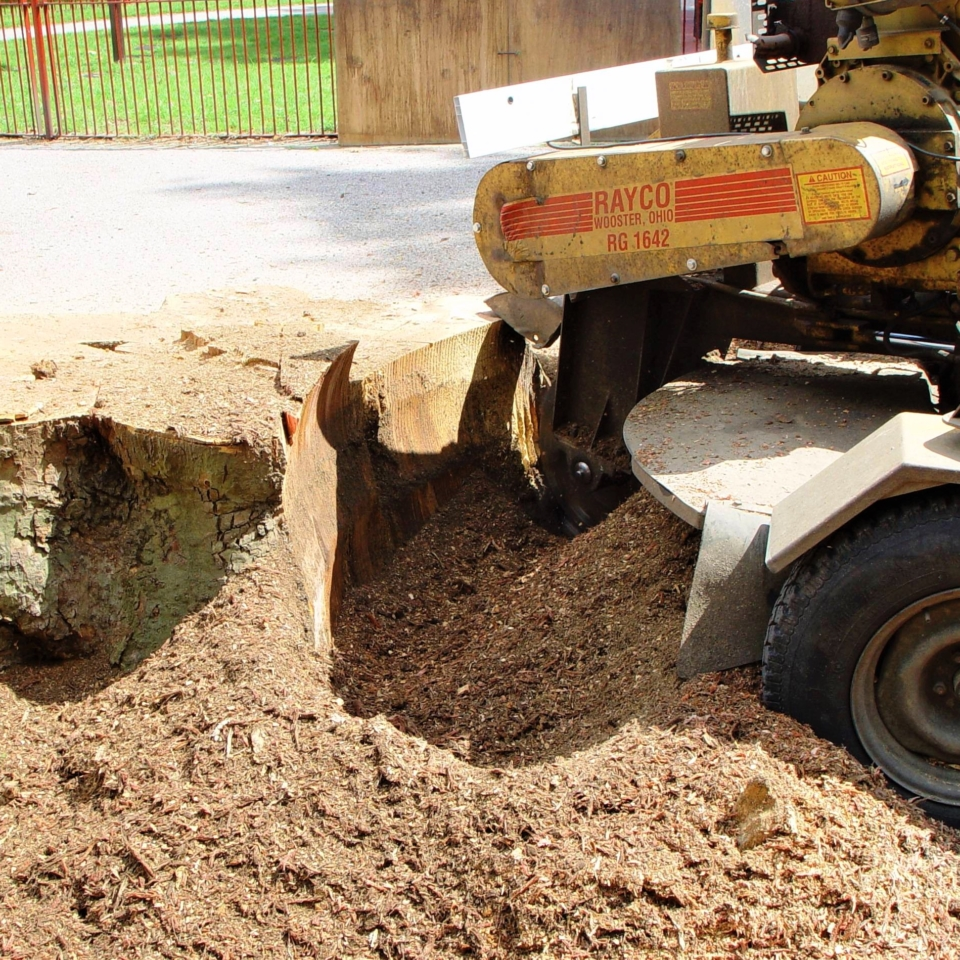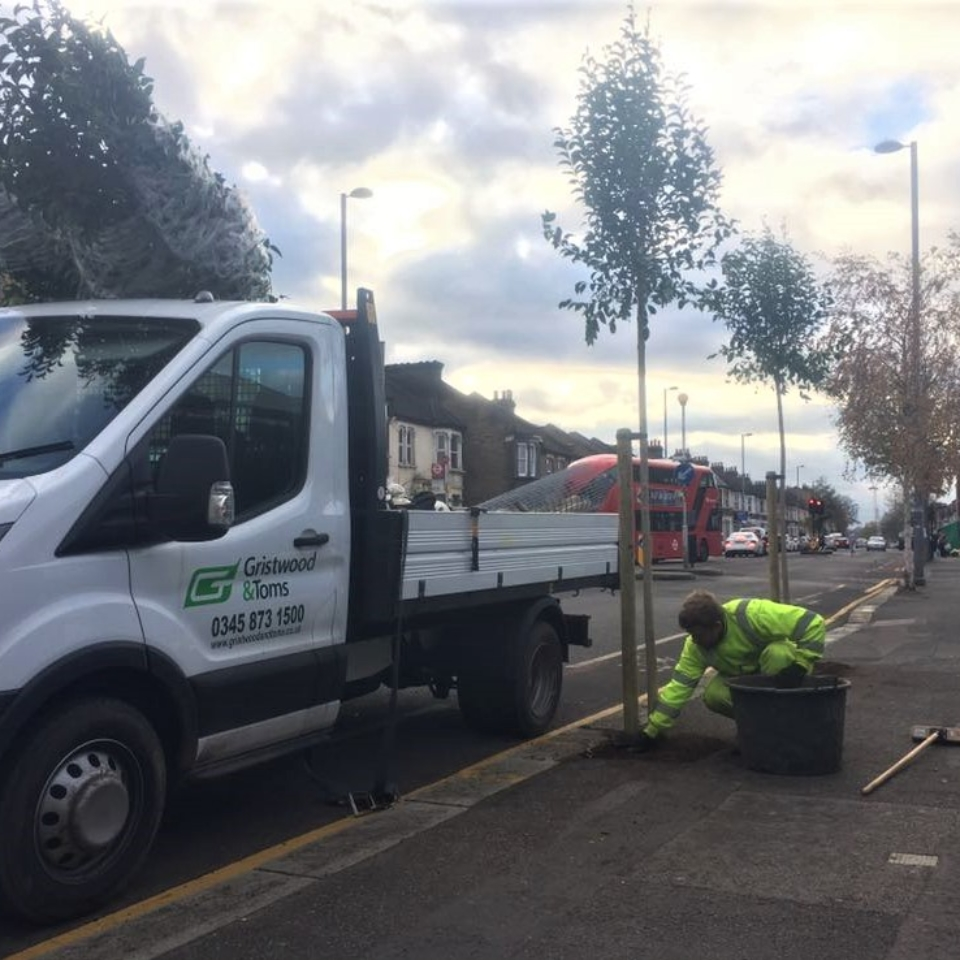DIFFERENT METHODS OF ROOT PRUNING
Root pruning refers to the process of trimming the long roots of a tree so that the tree can grow new ones that are near to the trunk. This process of pruning is considered to be very crucial when a fully developed tree or shrub has to be transplanted, from place to another.
Most arborists who perform root pruning in London have recommended that root pruning should take place six months before the transplantation.
So, what are the methods of carrying out root pruning? To answer this question, here are few of the methods of root pruning:
#1. By hand-tools
The most idyllic method of pruning roots that are within the range of one-to-three inches is through hand tools. This is because it enables the arborist to examine, which are the best places to cut. The favoured location to carry out pruning is beyond the sinker roots or junctions. Most roots can be pruned efficiently, either through a lopper or through a sharp saw.
#2. By root-cutting machinery
A root pruner is a machine that is specifically designed for pruning roots. This method of root pruning is quicker than the previous one and can provide more or less good root cuts. But, there is one significant drawback of following this method- the arborist won’t be able to examine the precise location of pruning cuts.
#3. By excavator
This method is amongst the worst ways to carry out root pruning since they would tear the roots on the surface out of the soil hence leaving the other roots crushed. Therefore, it is advised to avoid root pruning through excavators.




Comments
Post a Comment